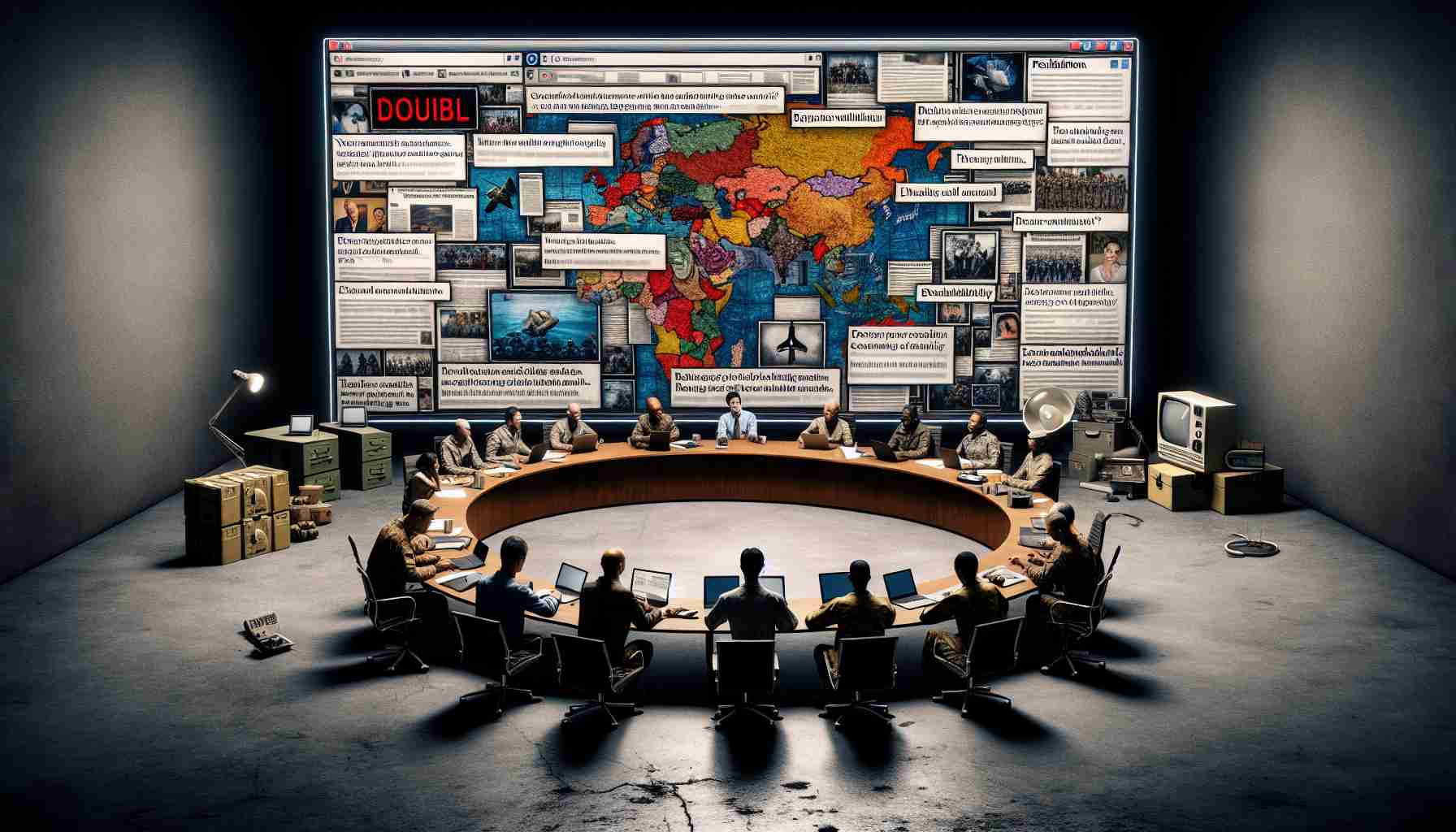
Challenges of Verifying Social Media Content During Military Conflicts
What? The influx of social media posts depicting the Ukrainian invasion of Koersk aims to portray the combat actions in the Russian border region and reinforce claims about the offensive.
But? Alongside authentic footage of the offensive, many videos are either outdated or unrelated to the current situation, such as clips showing English-speaking soldiers and low-flying helicopters.
On August 6th, hundreds of Ukrainian soldiers crossed the border into Russia and invaded the Koersk region, triggering a surge of social media posts.
However, not all videos originate from the past week or have any relevance to Koersk. Some are shared solely to imply NATO involvement, while others, like footage of low-altitude helicopter flights, are purely sensationalist.
Foreign Soldiers in the Ukrainian Army
Russian Telegram channels quoted a Chechen commander alleging the participation of foreign soldiers in the Ukrainian Koersk offensive, including troops from France, Poland, Estonia, and the UK – all NATO members.
A video purportedly backing this claim features English-speaking soldiers with blue tape on their uniforms during an operation. Despite garnering over four hundred thousand views across platforms, the footage dates back over a year, debunking any ties to current hostilities in Petropavlivka, Ukraine.
While the presence of foreigners fighting in the Koersk offensive remains possible, it is essential to verify sources as demonstrated by the recycled footage of a Russian military helicopter flying alarmingly low over a highway, falsely associated with the recent incursion.
Verifying Images
In light of such incidents, caution is crucial when consuming social media content during conflicts. While some misinformation may stem from unwitting sharing, deliberate dissemination of false narratives complicates the task of distinguishing fact from fiction.
Fact-Checking Challenges in Verifying Social Media Content During Military Conflicts
Amid the ongoing conflict in the Koersk region, the task of verifying social media content becomes increasingly complex as various actors seek to shape narratives through online platforms. Here are some important questions and insights into the challenges associated with this critical task:
1. How can the authenticity of social media content be confirmed?
Verifying the authenticity of social media content during military conflicts involves a multi-faceted approach. Analyzing metadata, cross-referencing sources, and consulting expert opinions are essential steps. Furthermore, geolocation techniques can help validate the time and place of recorded events.
2. What are the key challenges in verifying social media content during conflicts?
One of the central challenges is the rapid dissemination of unverified information, leading to the spread of false narratives. Misleading visuals, such as recycled footage or staged scenes, can easily manipulate public perception and shape biased interpretations of events on the ground.
3. What are the advantages and disadvantages of social media verification tools?
Advantages of social media verification tools include the ability to quickly assess the credibility of content and provide real-time updates. However, these tools may have limitations in detecting sophisticated deepfakes or edited videos designed to deceive viewers, highlighting the ongoing need for human expertise in content authentication.
4. How do social media platforms contribute to the verification process?
While social media platforms play a crucial role in enabling rapid information-sharing, they also face challenges in moderating misleading content. Implementing fact-checking mechanisms, enhancing transparency in content algorithms, and collaborating with independent verification organizations can help promote more accurate information dissemination.
In navigating the complexities of verifying social media content during military conflicts, it is vital to remain vigilant, critically evaluate sources, and prioritize factual accuracy over sensationalism. By fostering a culture of responsible information consumption, individuals can contribute to a more informed and nuanced understanding of evolving geopolitical events.
For further insights on media verification and disinformation during conflicts, visit BBC News.

















